The views expressed in our content reflect individual perspectives and do not represent the authoritative views of the Baha'i Faith.
In 2017, a research article in the journal Nature showed that Aboriginals, the Indigenous peoples of Australia, have inhabited the continent for at least 65,000 years:
The settlement of Madjedbebe around 65ka … sets a new minimum age for the human colonization of Australia and the dispersal of modern humans out of Africa and across south Asia. – Chris Clarkson et al., “Human occupation of northern Australia by 65,000 years ago,” Nature, Volume 547, 20 July 2017, p. 310.
This new evidence, found at an ancient rock shelter in Kakadu National Park, means that Australian Aboriginal culture and spiritual traditions have been around for a very long time—perhaps the longest unbroken cultural heritage on Earth.
The Baha’i teachings emphasize the spiritual capacity of native peoples in bringing together all peoples:
Exert yourselves with heart and soul so that, perchance, through your efforts the light of universal peace may shine and this darkness of estrangement and enmity may be dispelled from amongst men, that all men may become as one family and consort together in love and kindness, that the East may assist the West and the West give help to the East, for all are the inhabitants of one planet, the people of one original native land and the flocks of one Shepherd. – Abdu’l-Baha, The Promulgation of Universal Peace, p. 469.
So what can happen when Baha’is and Aboriginals encounter each other? The result might surprise you. Let me introduce Australian Aboriginal Baha’i Henry James “Banjo” Clarke, who wrote firsthand about the first time he met Baha’is:
I am still Aboriginal and always will be, that’s the main thing I always try to put across. I still have my Aboriginal identity. … Years of being a Baha’i has helped me a lot. … I think that if Aboriginals studied the Baha’i Faith they’d come back to their real selves again, because the Baha’i Faith is so like the Aboriginal way of life. The Baha’i writings say that in the future humankind will be so sensitive that no one anywhere in the world will be able to sit down to a meal if they know that somewhere in the world a person is starving. Aboriginal feelings are like those writings. We feel united with everyone. – Banjo Clarke, as told to Camilla Chance, Wisdom Man, pp. 214, 216.
After a lifetime of enduring painful prejudice at the hands of white Australians, you can imagine Banjo Clarke’s surprise when he first encountered the Baha’is:
Then that day came. In July 1975 the biggest change of my life happened when I encountered the Baha’i religion. A small group of Baha’i people visited us Aboriginals at the Framlingham Mission. … One of the Baha’is I’ve met that day, Camilla, became my closest friend from that day on.
Very soon afterwards I was in Warrnambool Base Hospital. I get pneumonia regularly because I worked in the bluestone quarry—I think its proper name is basalt—for years and years. Another couple of Aboriginals, Lloyd and Albert, were in my hospital room too. While we were there, people got to speak with us who had never talked with Aboriginals before. And Camilla brought her little children to visit us, and sat with us giving her presence. …
And Camilla’s little girl Ruth came to see us too and played her ukulele, and the staff thought that was great—they used to stand around and watch her play. Things like music, which the hospital people hadn’t thought of before, draw people together. There is no question of black or white—a child was singing to make us better, make us feel well. …
It was something different, meeting these Baha’i people. They didn’t say much, but felt deeply. You was treated as more than equal. You was treated as somebody special—special because you was Aboriginal. We’d never heard them sort of words before. All we’d heard was that Aboriginals were no good. Yet here I was, listening to this little girl saying, “You’re special because you’re Aboriginal. You’ve got a beautiful culture.” And I thought, What more could anyone want, when a little girl like that’s speaking? – Ibid., pp. 2–3.
Banjo Clarke further recalled:
Life is never easy for Aboriginals fighting for their survival and their integrity. But then we met the Baha’i people what [who] respected us for trying. …
These people seemed to understand Aboriginal principles, but they didn’t know what I realized—that their principles was the same as Aboriginal ones! They were as close as they could be. …
A lot more Aboriginals joined the [Baha’i] faith like me, and I never looked back since. Joining the faith has strengthened me and helped me face the struggles of modern life which Aboriginals find themselves in. – Ibid., pp. 180–182.
Watch a video of Banjo Clarke here.
So what about the Aboriginal spiritual traditions? These, like most tribal cultures, vary by region:
Within European popular writing about Aboriginal mythology it has been common for one theme or another to dominate more complex representations of Indigenous cultural practice. This role has been played by concepts derived originally from specific cultural localities: the Dreaming or Alcheringa from central Australia, the Rainbow Serpent from the north, and … the south-eastern All-Fathers: Baiame in New South Wales, Bunjil in Victoria, and Nurrundere in South Australia. Other concepts, such as “The Land, Our Mother” or the nameless “Great Spirit” invoked by David Unaipon, have a more diffuse origin. – Hilary M. Carey, “‘The Land of Byamee’: K. Langloh Parker, David Unaipon, and Popular Aboriginality in the Assimilation Era,” Journal of Religious History, Volume 22, No. 2, June 1998, pp. 202–203.
Of these Aboriginal sacred traditions, “Bunjil in Victoria” may have been the Indigenous tradition most familiar to Banjo Clarke, who was born on the Framlingham Mission (or Aboriginal Station), near Warrnambool in South-Western Victoria, Australia. The Framlingham Mission was established in Girai wurrung territory bordering the Gunditjmara/Gurndidy/Dhaurwurd-Wurrung people—the Indigenous Australians of the Kulin nation. Banjo Clarke confirmed this heritage:
My grandfather Frank, who survived the massacre, was born into the Killitmurer Gunditj—or Framlingham—clan of the Kirrae Whurrong tribe. His tribal name is secret. Kirrae Whurrong means “blood speech,” but our people were also sometimes known as Wirngill Gnatt Tallingannong or “koala language speakers.” – Banjo Clarke, as told to Camilla Chance, Wisdom Man, Chapter 4.
One Aboriginal narrative from that sacred tradition recounts a sacred origin story about Bunjil, the eaglehawk man, the creator who shaped the land, who fashioned bark carvings of people into which he then breathed life, who gave his people weapons for hunting and digging sticks for gathering food:
Many years ago this land that we now call Melbourne extended right out to the ocean. Port Phillip Bay was then a large flat plain where Boon Wurrung hunted kangaroos and cultivated their yam daisy.
But one day there came a time of chaos and crises. The Boon Wurrung and the other Kulin nations were in conflict. They argued and fought. They neglected their children. They neglected their land. The native yam was neglected. The animals were killed but not always eaten. The fish were caught during their spawning season. As this chaos grew the sea became angry and began to rise until it covered their plain and threatened to flood the whole of their country.
The people went to Bunjil, their creator and spiritual leader. They asked Bunjil to stop the sea from rising. Bunjil told his people that they would have to change their ways if they wanted to save their land. The people thought about what they had been doing and made a promise to follow Bunjil. Bunjil walked out to the sea, raised his spear and directed the sea to stop rising. Bunjil then made the Boon Wurrung promise that they would respect the laws.
The place the Kulin then chose to meet as a means of resolving these differences is where … Parliament is now located. [Victoria] The Kulin nations met here regularly for many thousands of years. They debated issues of great importance to the nation; they celebrated, they danced. …
Today Melbourne is the great multicultural city of the world and this special place continues to carry forward the spirit of our tradition. This land will always be protected by the creator, Bunjil, who travels as an eagle, and by Waarn, who protects the waterways and travels as a crow. Bunjil taught the Boon Wurrung to always welcome guests, but he always required the Boon Wurrung to ask all visitors to make two promises: to obey the laws of Bunjil and not to harm the children or the land of Bunjil.
As the spirit of my ancestors lives, let the wisdom and the spirit of generosity which Bunjil taught us influence the decisions made in this meeting place. – Boon Wurrung elder Carolyn Briggs, “Boon Wurrung Story,” told at a special Reconciliation Assembly of the Parliament of Victoria, 31 May 2000, during National Reconciliation Week.
Are there any prophecies regarding the return of Bunjil, the Aboriginal Messenger? We’ll explore that question in the next essay in this series, and learn why Banjo Clarke, the “Wisdom Man,” would agree that the teachings of Baha’u’llah profoundly resound with Bunjil’s laws, and that those teachings represent a true return.



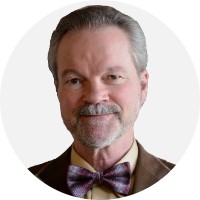
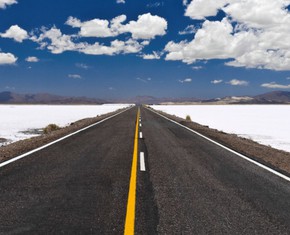
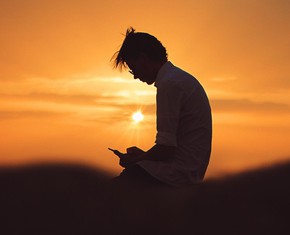
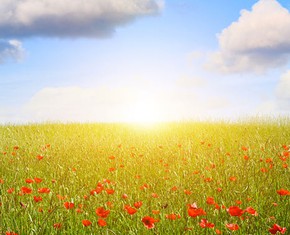


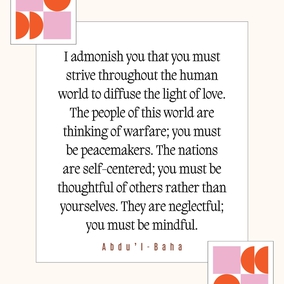
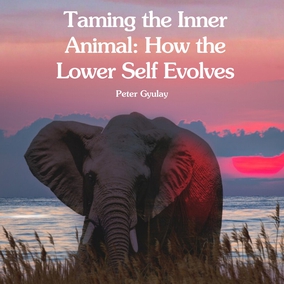

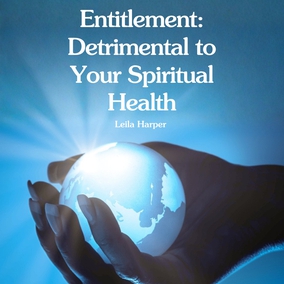
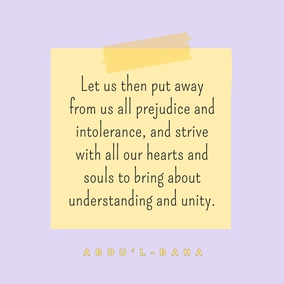
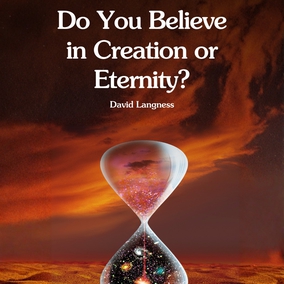

Comments
Sign in or create an account
Continue with Googleor